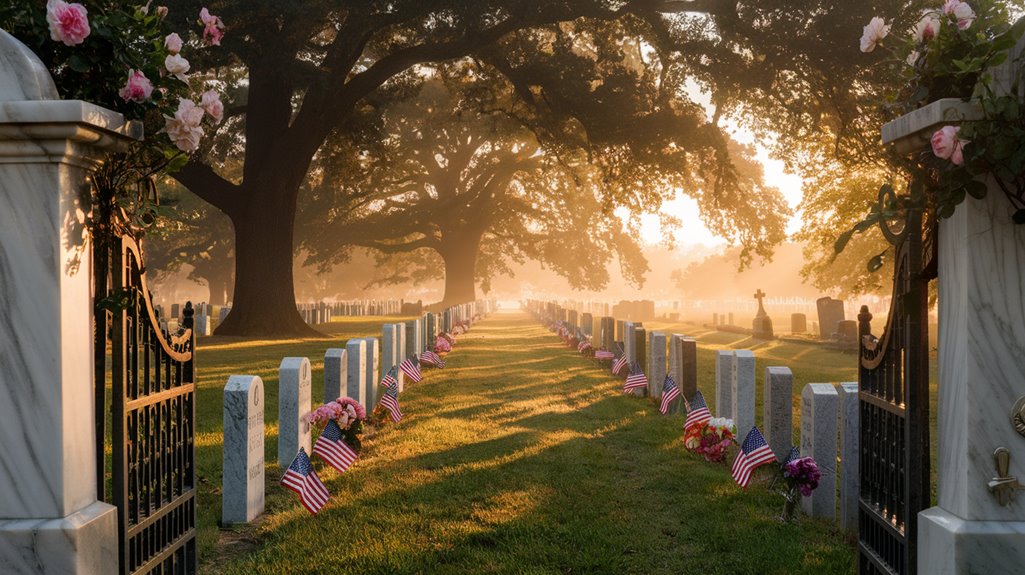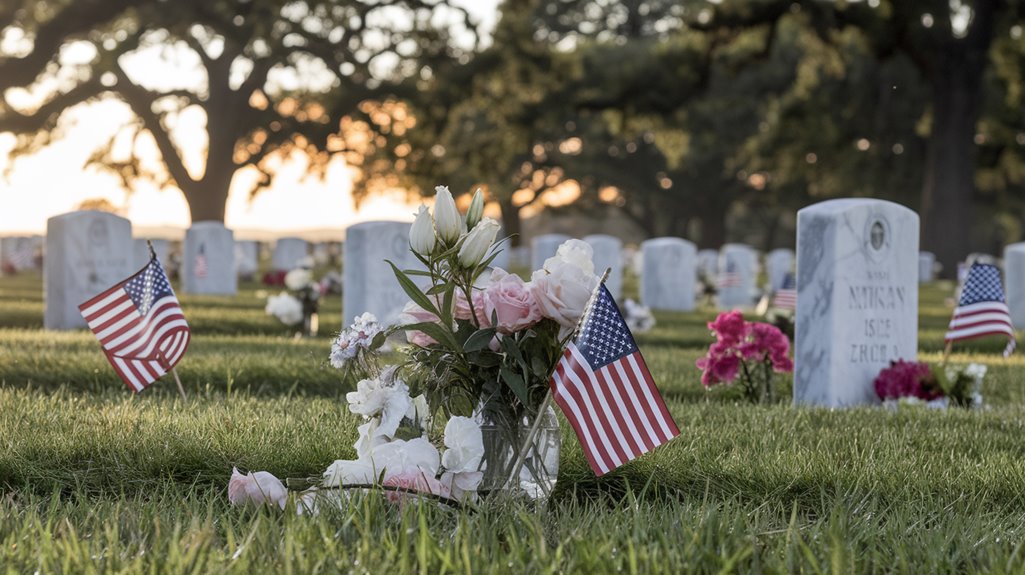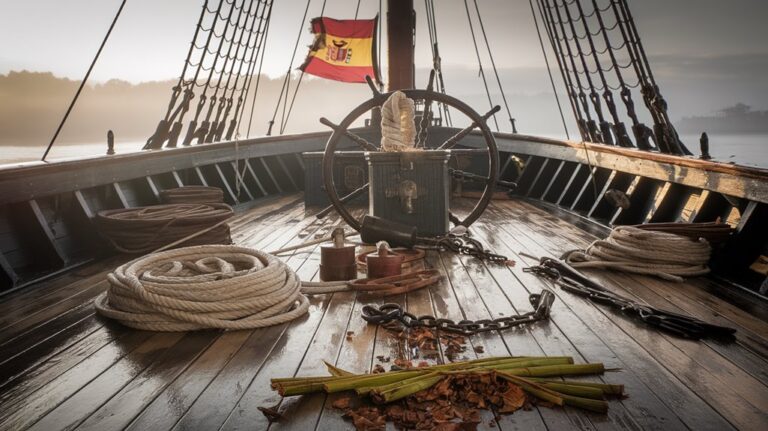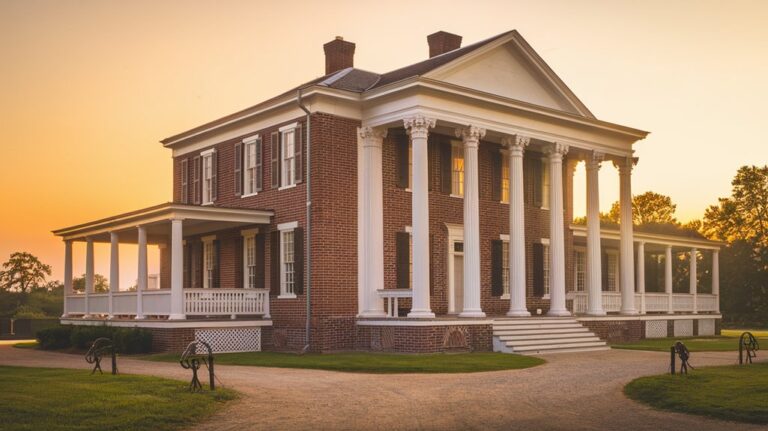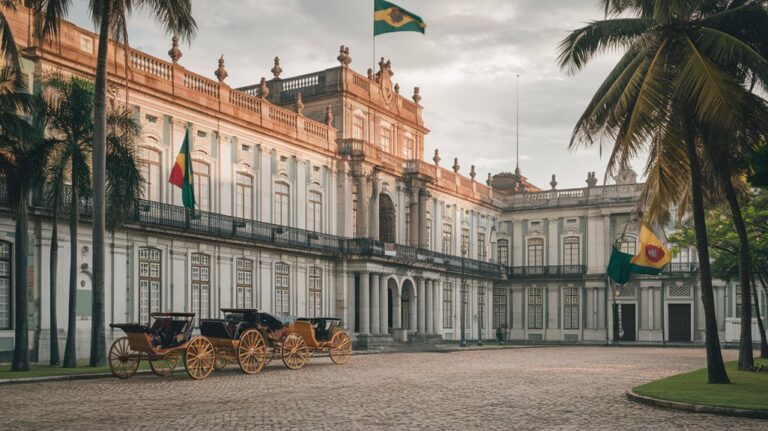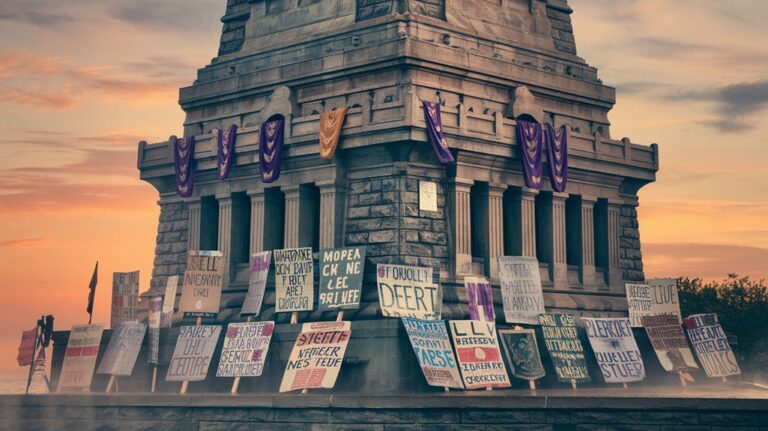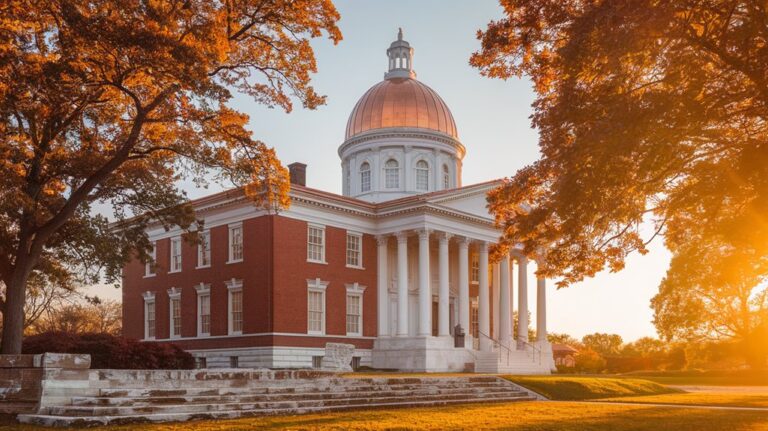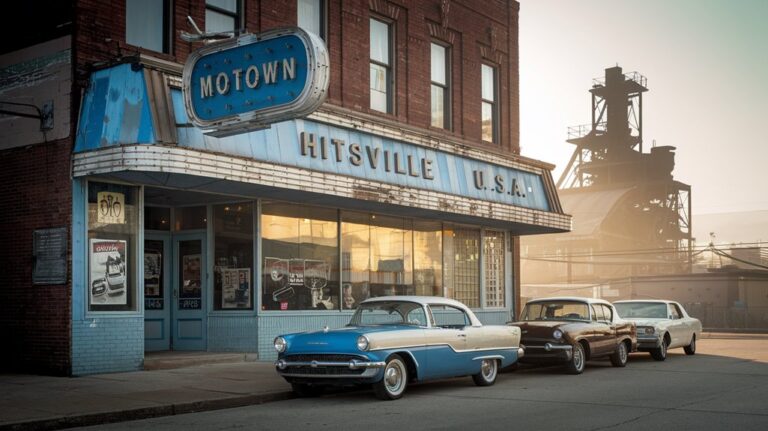Memorial Day Was Originally Known as Decoration Day
You might be surprised to learn that Memorial Day's solemn tradition began with a simpler name and purpose. As communities emerged from the Civil War's devastating toll, they sought ways to honor their fallen soldiers through a practice known as Decoration Day. What started as scattered local observances would transform into one of America's most significant holidays, though the story behind this evolution reveals much more than just a change in name.
The Birth of Decoration Day: A Post-Civil War Tradition
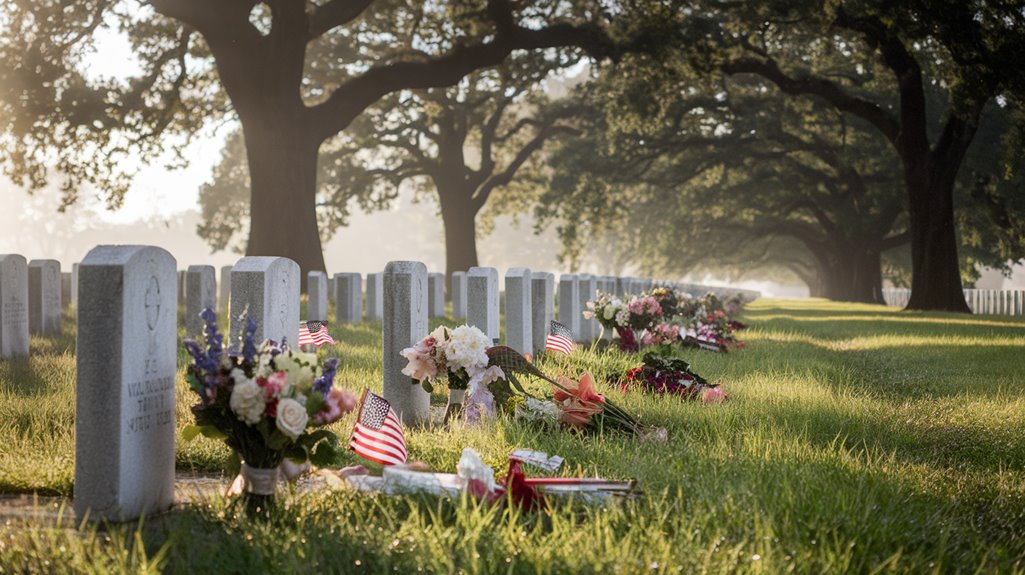
While many Americans today know May's final Monday as Memorial Day, its roots trace back to a solemn tradition called Decoration Day. In the aftermath of the Civil War, both Northern and Southern communities began honoring their fallen soldiers through grave decoration ceremonies.
The practice gained official recognition when General John A. Logan issued a proclamation on May 5, 1868, designating May 30th as Decoration Day. His wife Mary's visit to a decorated cemetery in Petersburg, Virginia, had inspired this decision. The date was specifically chosen to avoid battle anniversaries and coincide with the optimal blooming of flowers.
The tradition quickly spread, with 183 cemeteries across 27 states holding memorial events in 1868. Just a year later, that number grew to 336 cemeteries. By 1890, each Northern state had made Decoration Day an official holiday. Families and communities would gather to strew flowers on soldiers' graves, creating a powerful ritual of remembrance that would eventually evolve into today's Memorial Day.
From Local Custom to National Observance
As local communities embraced Decoration Day ceremonies across the nation, this solemn tradition gradually transformed into a federally recognized observance.
You'll find that local significance played an essential role, with 183 cemeteries across 27 states holding memorial events in 1868, growing to 336 cemeteries the following year.
Regional variations emerged as Northern and Southern states developed distinct observances. While New York became the first state to officially recognize Decoration Day in 1873, followed by all Northern states by 1890, Southern states maintained separate commemorations until after World War I.
The Women's Relief Corps, supporting the Grand Army of the Republic, helped standardize these ceremonies. This grassroots movement ultimately led to federal recognition through the Uniform Monday Holiday Act of 1968, establishing Memorial Day as we understand it today. One of the earliest commemorations was organized by formerly enslaved people in South Carolina in 1865.
Unifying a Nation Through Remembrance
Since its establishment, Memorial Day has evolved into a powerful force for national unity, transcending regional and cultural differences through shared acts of remembrance.
This sense of national solidarity is most evident during the National Moment of Remembrance, when Americans pause collectively at 3 p.m. local time. Originally stemming from the Civil War era, communities began the tradition of decorating graves with flowers to honor fallen soldiers.
The day allows citizens to express collective gratitude for the freedoms we enjoy as Americans.
You'll witness this collective mourning through various unified gestures:
- Major League Baseball games come to a complete standstill
- Amtrak trains sound their whistles across the country
- Organizations nationwide encourage moments of silence
- Communities gather for remembrance ceremonies
Through these shared experiences, you're part of a greater purpose that educates younger generations while honoring fallen heroes.
The day serves as a reminder to give back to your community through volunteerism, support veterans' families, and participate in programs that strengthen our national fabric.
The Evolution Into Modern Memorial Day
Memorial Day's transformation from a Civil War observance to a national day of remembrance reflects America's evolving relationship with sacrifice and loss.
You'll find that the holiday's significance expanded dramatically after World War I, when it began honoring all fallen U.S. service members, not just Civil War casualties. The traditional remembrance practices of decorating graves with flowers continued, while new customs emerged, including placing American flags at military gravesites both domestically and overseas.
The holiday gained formal recognition in 1971 when Congress passed the Uniform Monday Holiday Act, officially changing its name from Decoration Day to Memorial Day and setting it on the last Monday in May.
Today, you'll see ceremonies held at American military cemeteries worldwide, where over 200,000 service members are commemorated.
Preserving the Legacy of Fallen Heroes
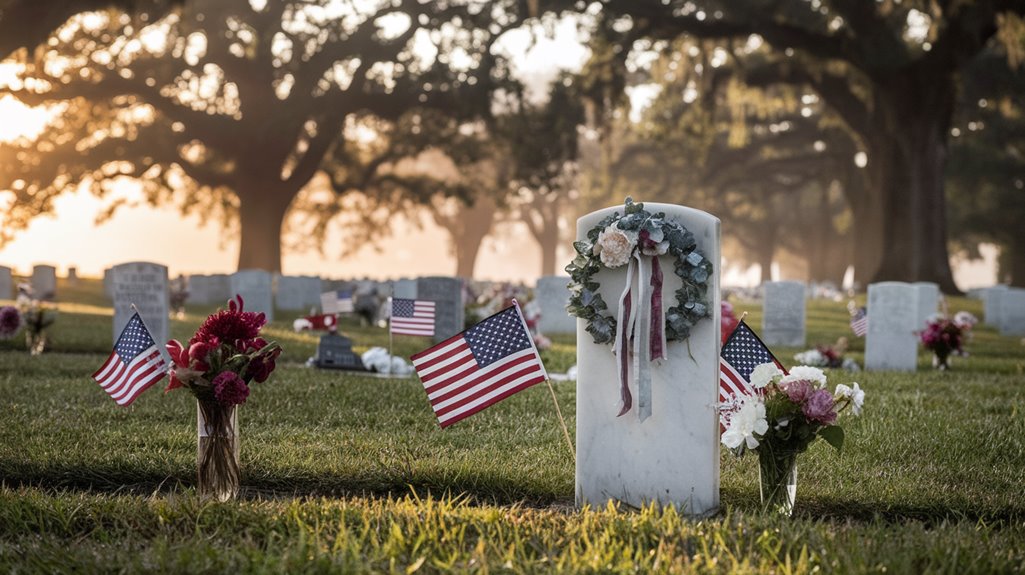
The commitment to honoring America's fallen heroes extends far beyond annual ceremonies and celebrations.
Today's legacy preservation efforts embrace both traditional and digital approaches to guarantee their sacrifices are never forgotten.
Through Veteran memorials and innovative programs, you'll find numerous ways these stories live on:
- The Veterans Legacy Memorial houses digital tributes for over 3.7 million Veterans in VA cemeteries.
- The National WWII Museum preserves over 12,000 oral histories from veterans.
- The Marine Raider Foundation connects WWII veterans with modern-day MARSOC Raiders.
- Educational institutions receive grants up to $400,000 for legacy projects.
These initiatives become increasingly crucial as our WWII veteran population, now at approximately 66,000, continues to decline.
The tradition of honoring fallen soldiers began when Southern women decorated the graves of Confederate soldiers during the Civil War.
With the 80th anniversary of World War II's end approaching in 2025, the urgency to preserve these stories has never been greater.

